
Big Savings or Big Hype?
You’ve seen the ads promising lower electric bills and even free energy. But is it true? Solar panels can absolutely save you money, but the real magic number depends on where you live, how much energy you use, and what deals you score.
Some homeowners slash their bills by 50% or more. Others break even in a few years. Let’s discuss how solar works, what you can actually expect, and how to avoid the common mistakes that eat up your savings.

Upfront Costs
Installing solar panels isn’t cheap. On average, a residential system in the U.S. costs between $15,000 to $25,000 before tax credits. That sounds like a lot (because it is), but you’re paying for decades of free energy ahead of time.
Most homeowners finance their systems or lease them to skip the lump sum. Costs can vary significantly by state, system size, and whether you add battery storage (which can add $7,000 to $18,000 to the total).
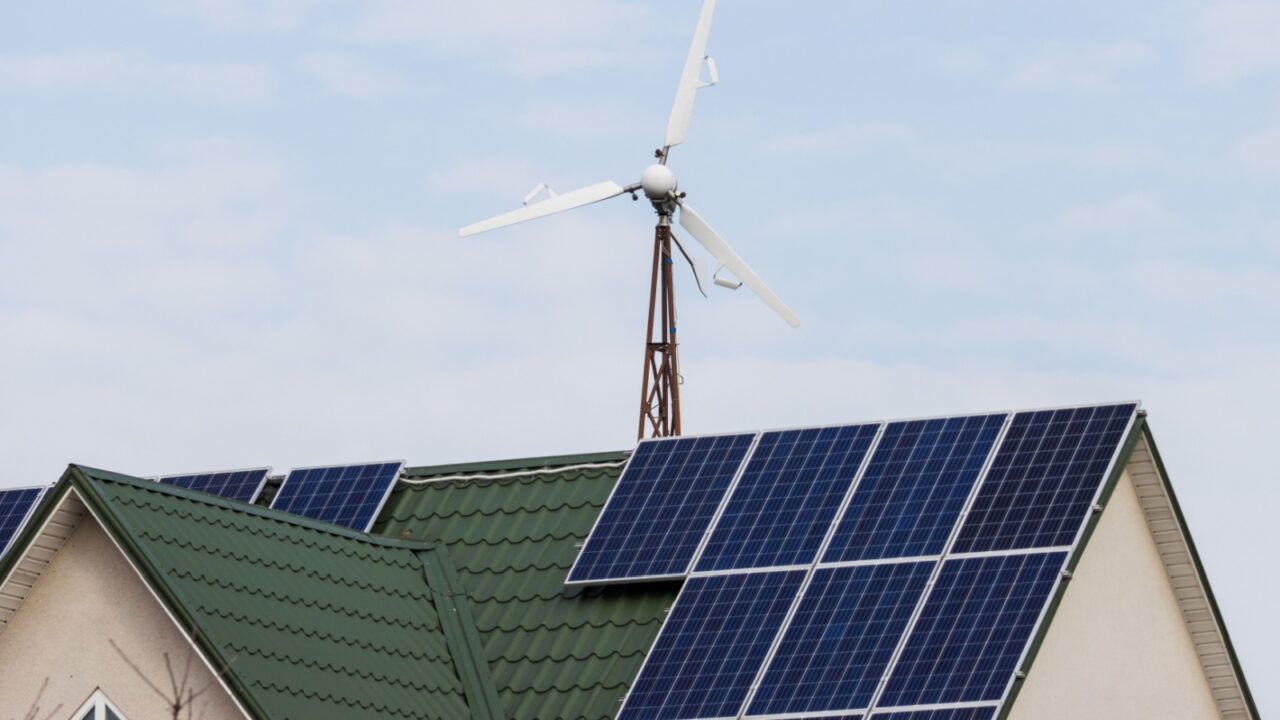
Tax Credits Make a Huge Difference
Good news: the U.S. government wants you to go solar. Thanks to the federal solar tax credit (around 30% through 2032), you can cut thousands off your upfront cost. Some states and cities also chip in with rebates or performance incentives.
When you stack these perks, you can shrink a $20,000 system closer to $13,000. Always check your local programs; you don’t want to leave free money on the table.
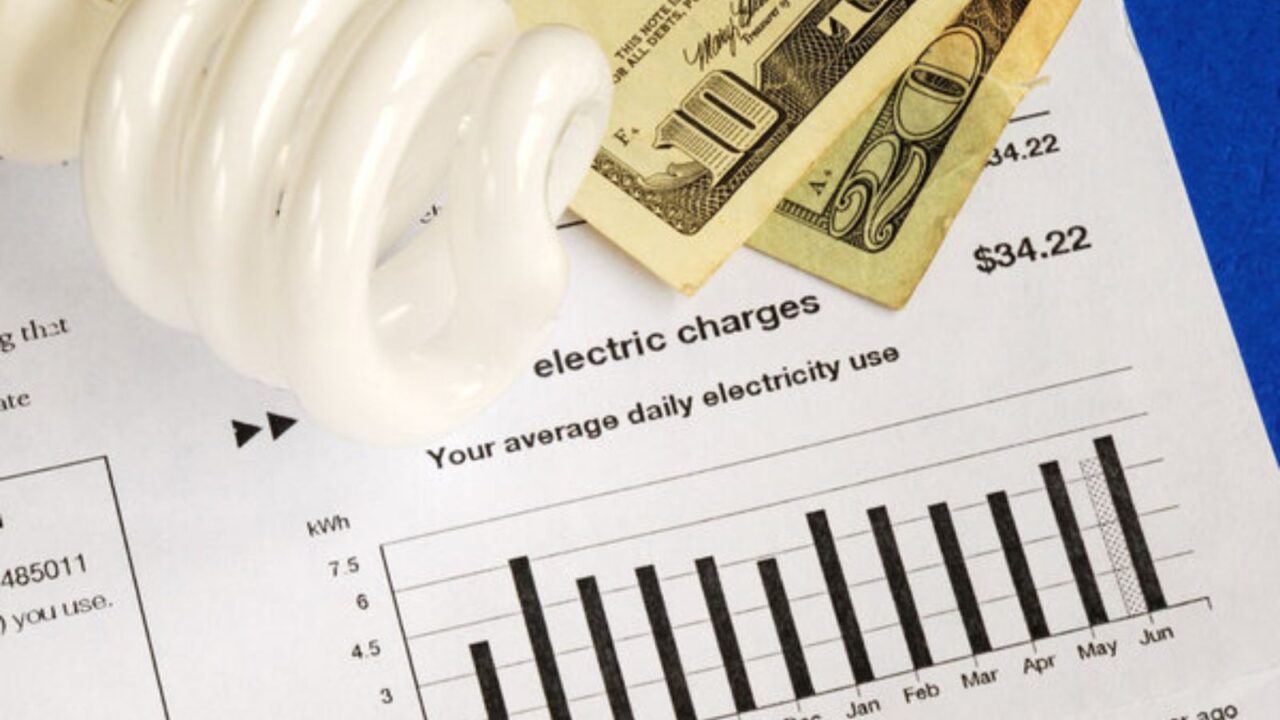
How Solar Cuts Your Electric Bill
Solar panels don’t eliminate your electric bill overnight. Instead, they produce energy that powers your home first. Anything extra goes back to the grid (and often earns you credits).
If your panels cover most or all of your usage, your monthly electric bill could drop to just a few dollars. No joke. Some people even get negative bills in the summer months when they overproduce.
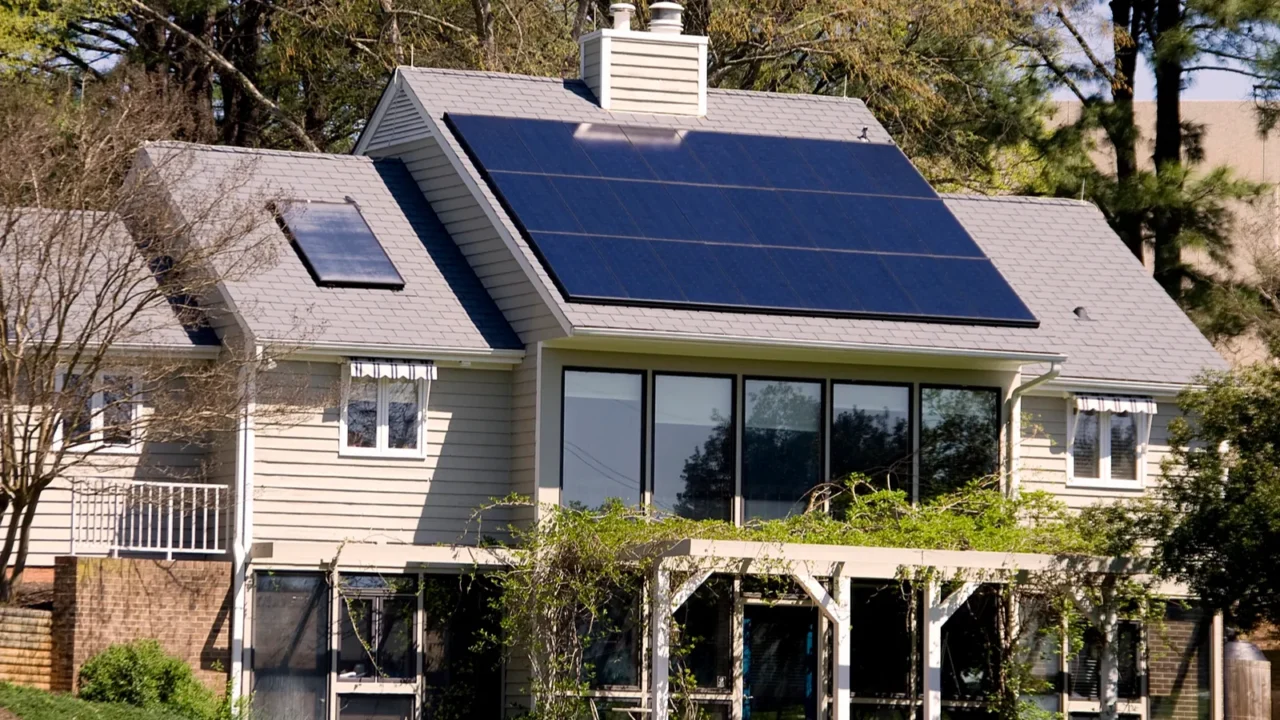
Payback Time
Most people who install solar panels get their money back within 6 to 12 years, depending on how much energy they use and where they live. This moment, when their savings equal what they paid, is called the “break-even point.”
After you hit that point, the real benefits kick in. Since solar panels usually last 25 to 30 years, you could enjoy 13 to 24 years of super-low or even zero electricity bills. The faster you pay off your system (either with cash or a short loan), the more you’ll save in the long run, sometimes over $60,000 in sunny places like California.
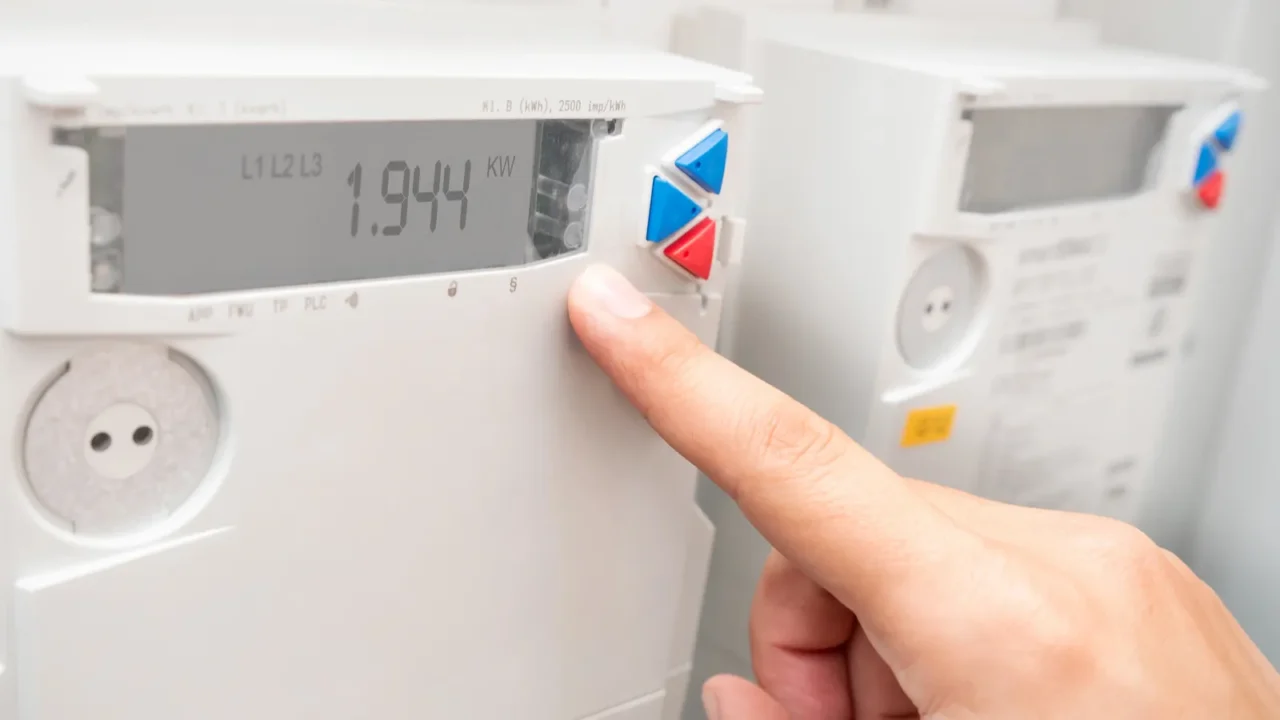
Net Metering
Net metering is a solar panel owner’s best friend. It lets you send unused energy back to the grid and get credits for it.
On cloudy days or at night, you use those credits instead of paying cash. Some states offer 1:1 credit rates (amazing), while others have shifted to lower payouts. Always ask about local net metering rules before you install.

How Much Can You Save?
The average American family saves $50 to $150 per month with solar, depending on energy habits and system size. If you’re in a sunny state like Arizona or California, the savings can be even sweeter.
Over 25 years, that adds up to $15,000 to $40,000 (and sometimes more). The less you pay for electricity now, the more solar pays you back later.

Factors That Change Your Savings
Your savings aren’t set in stone. They depend on your roof’s angle, shading, the size of your system, energy rates in your area, and even how many cloudy days you get.
In places with high electricity rates (like Hawaii or New York), solar pays off faster. In areas with cheap energy (like Washington State), it might take a bit longer.

Leasing vs Buying (Which Saves More?)
Leasing solar panels is easier upfront, often with $0 down. But here’s the catch: the solar company usually keeps the tax credits and a chunk of the long-term savings.
Buying your system (even with financing) gives you full control over the perks and bigger overall returns. Leasing can still save you money, but ownership wins if you’re thinking long-term.
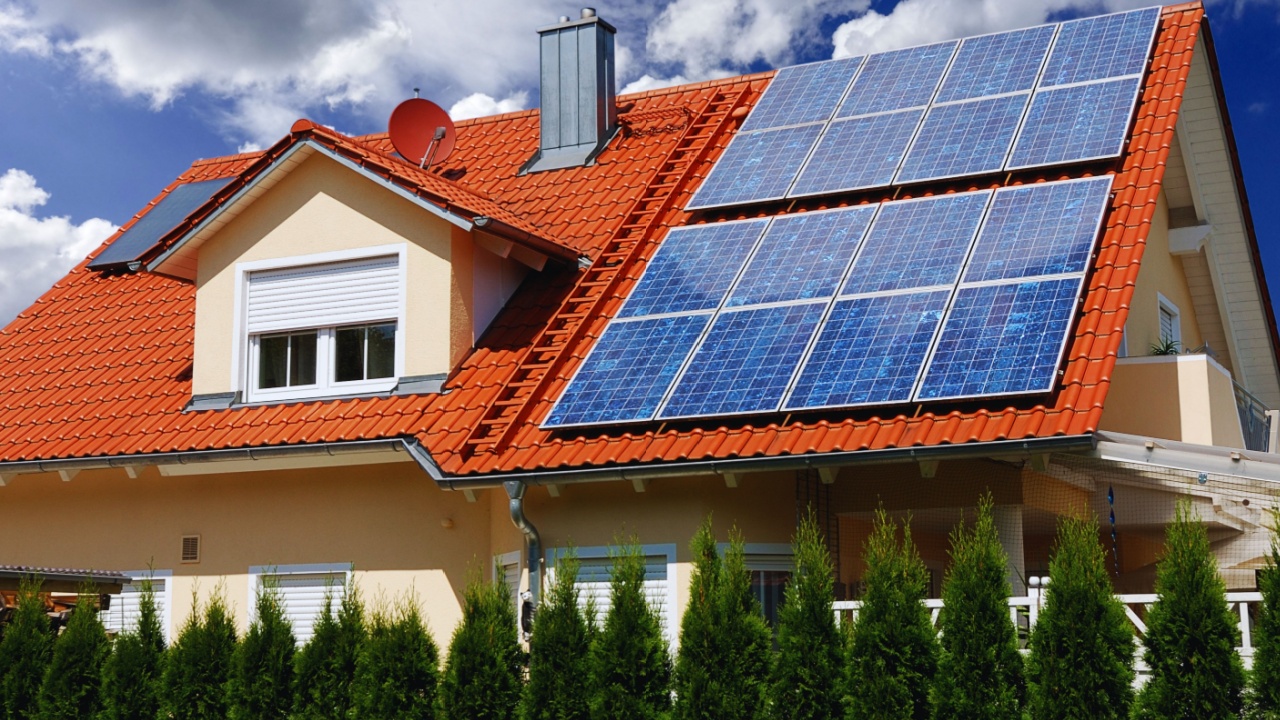
What Happens If You Move?
Thinking of selling your home in a few years? Solar can actually boost your property value. Studies show homes with solar panels sell faster and for more money.
If you own your system outright, it’s a major plus. If you lease, you’ll need to transfer the agreement to the new buyer, which isn’t always simple. Something to think about before you sign.
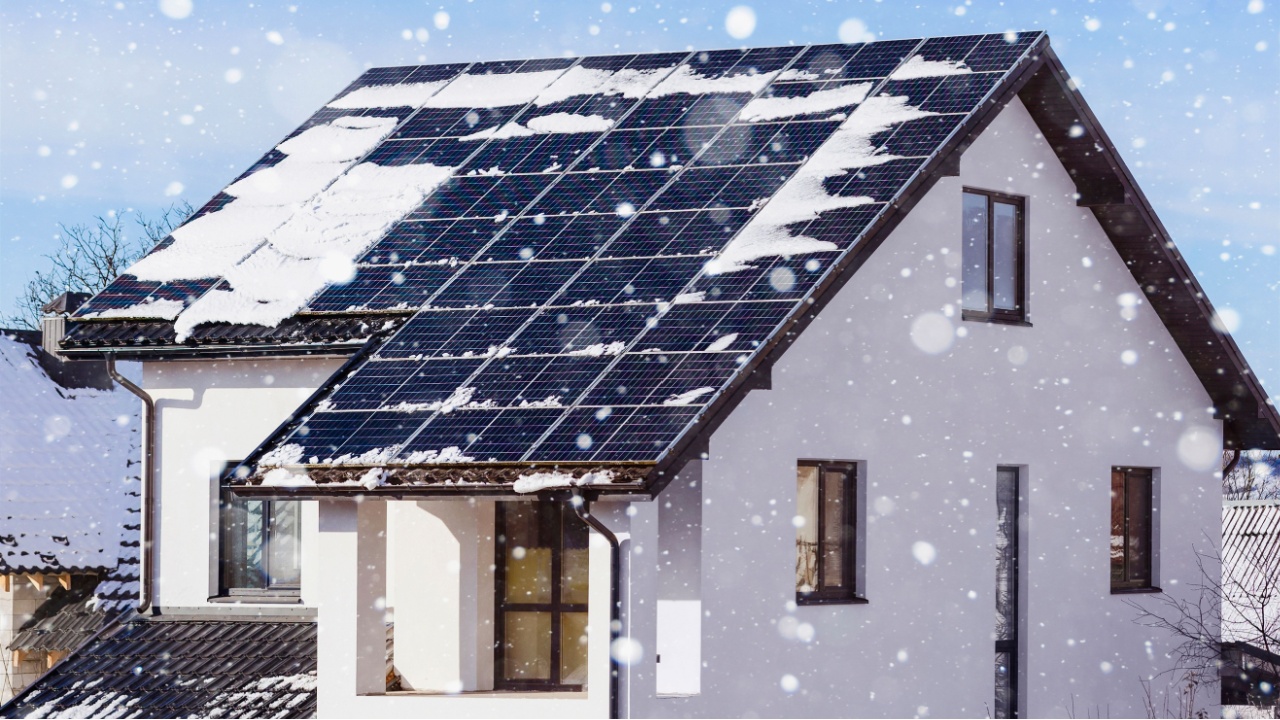
Weather Matters
Solar panels still work on cloudy days, they’re just less efficient. Rain, snow, or shade from tall trees can all lower your production.
If you live somewhere sunny most of the year (like Nevada or Texas), you’ll get faster payback. Cloudier places like Seattle can still save with solar, but it might take a few extra years.
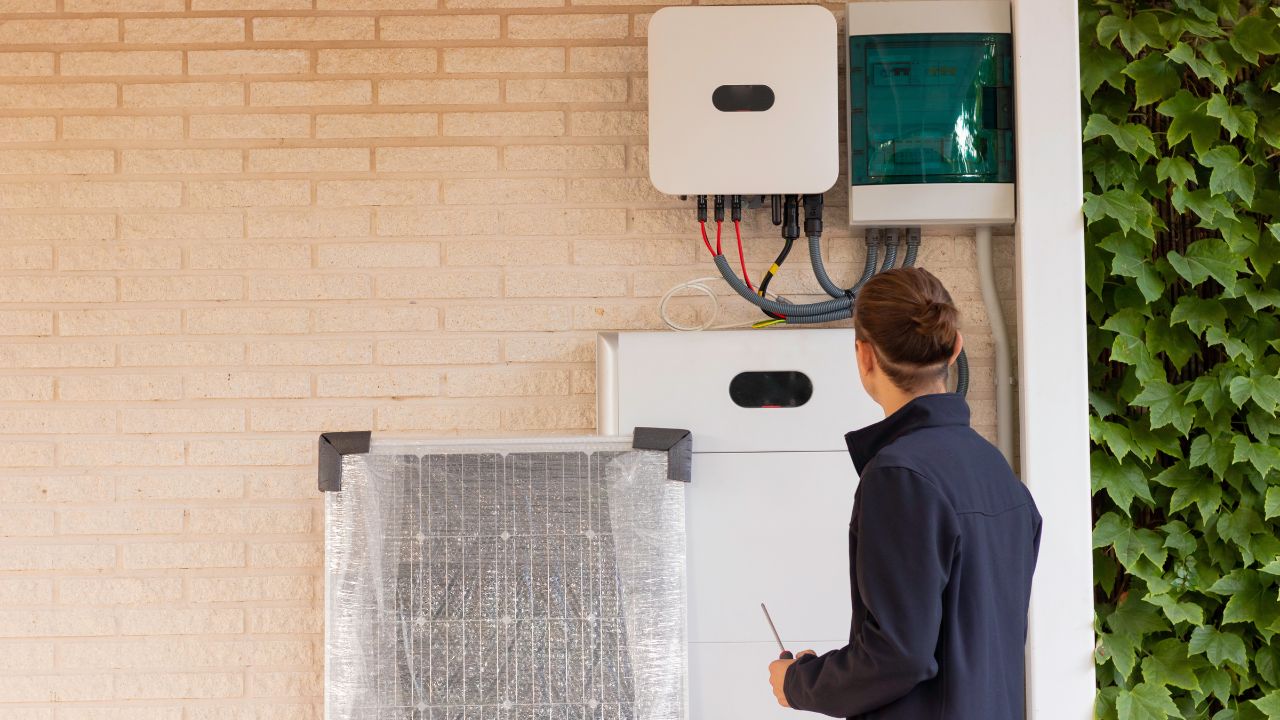
Is Battery Storage Worth It?
Solar batteries let you store extra energy instead of sending it back to the grid. Great for blackouts, but they add $10,000 or more to your system cost.
In some states (like California), battery rebates can ease the price. If grid reliability is a concern for you, it could be worth it. If you’re mainly chasing savings? Panels alone are usually enough.
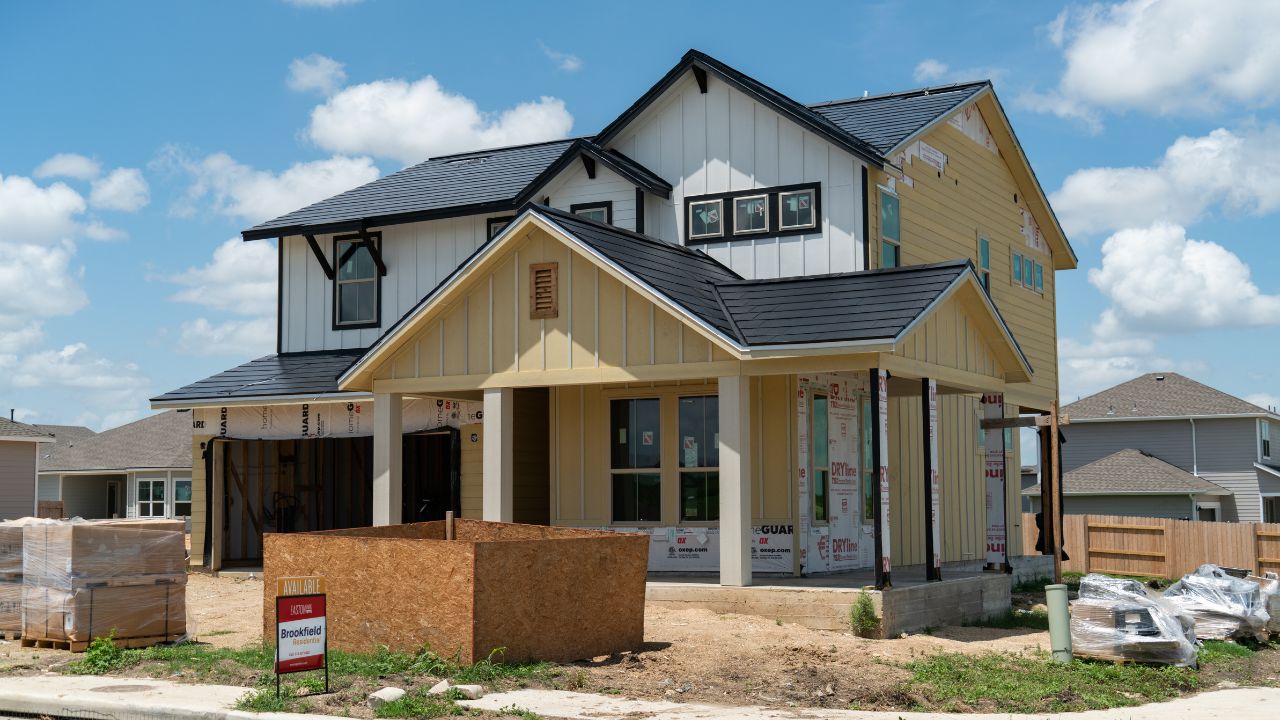
Solar Panels vs. Tesla Solar Roof
Traditional solar panels still win when it comes to affordability. A standard solar panel system typically costs between $15,000–$25,000 after tax credits, depending on your energy needs and roof size.
In comparison, Tesla’s sleek Solar Roof, designed to replace your entire roof, can run upwards of $40,000 to $60,000 or more. While it looks stunning and blends in seamlessly, the upfront cost is significantly higher. Tesla’s roof may make sense if you already need a full roof replacement, but if you’re just looking to save on energy bills, traditional panels give you a faster return on investment.
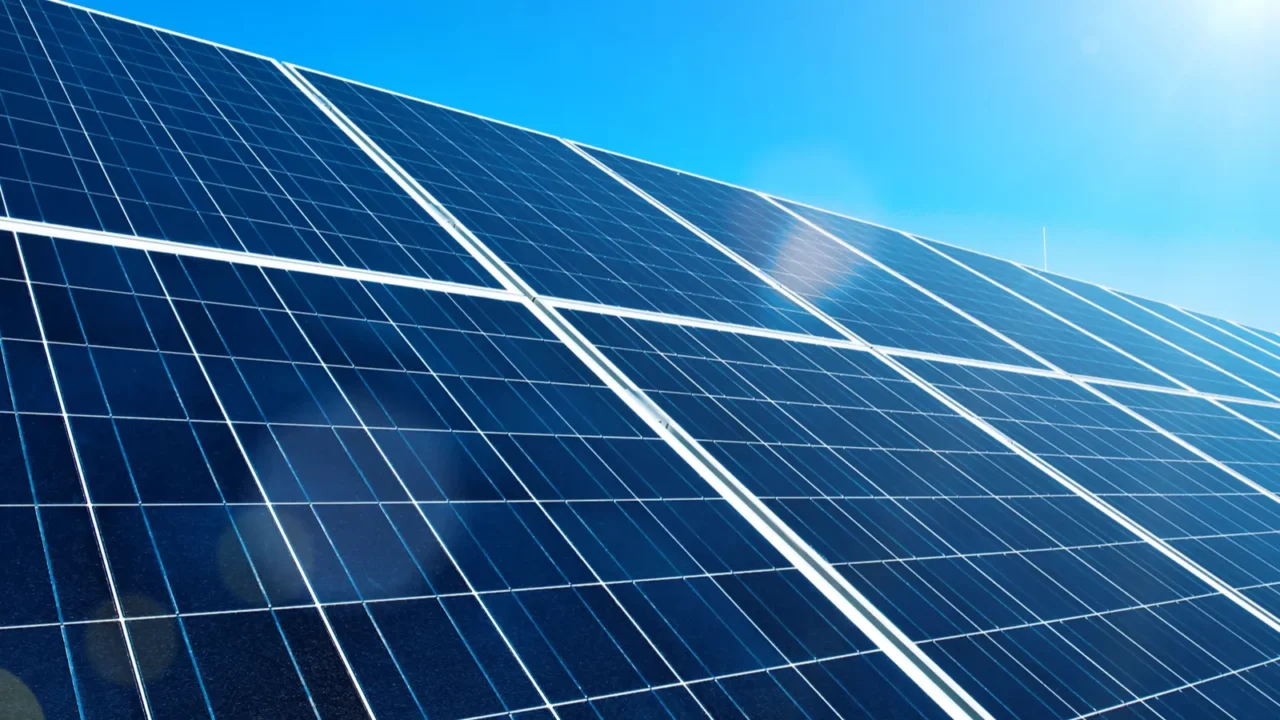
Community Solar (A No-Panel Option)
Don’t want to install panels on your roof? You might still save money by joining a community solar program. These let you “subscribe” to a shared solar farm and get credits on your electric bill.
Perfect for renters, condo owners, or anyone with a shady roof. Savings aren’t as huge as private systems, but they’re real, and you can start without any big investment.

How to Get the Best Deal
Always get multiple quotes and make sure they’re detailed. Some installers bundle in extras like maintenance, monitoring, or faster inverters.
Others lowball the quote and hit you with surprise fees later. Reviews, warranties, and local experience matter. The best deal isn’t always the cheapest, it’s the one that gives you the most savings over time.
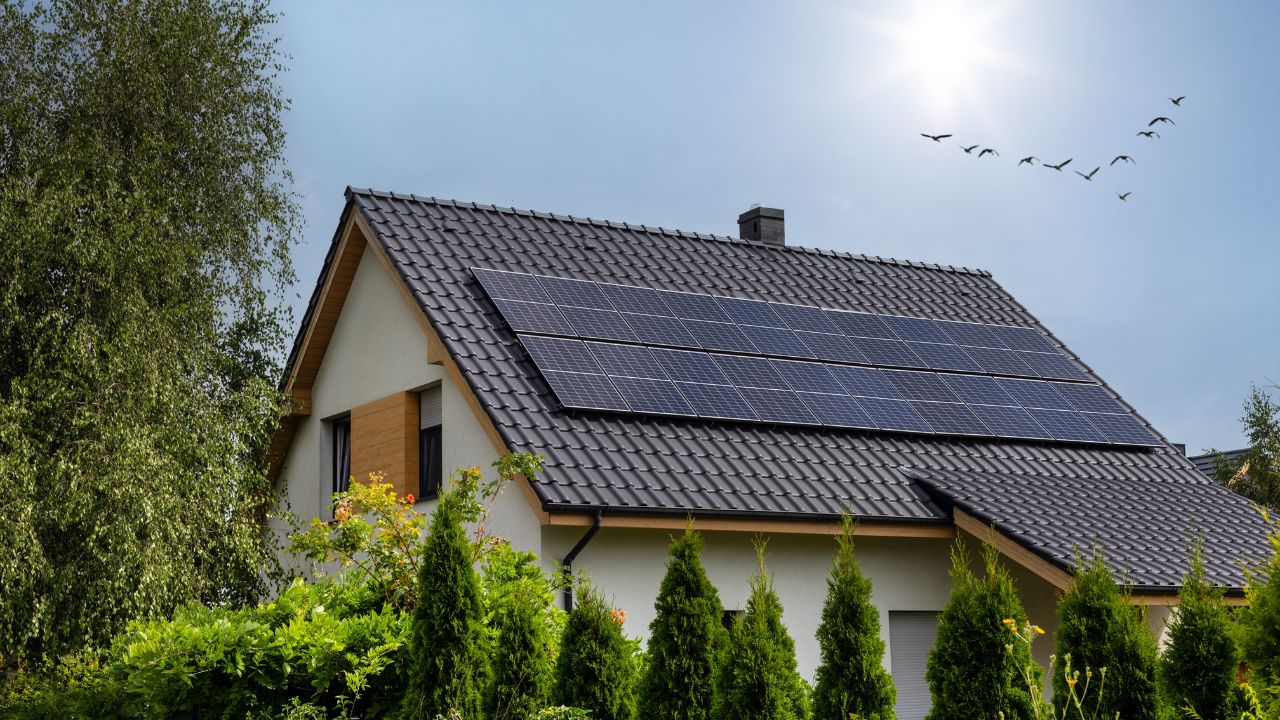
Solar Panel Warranties
Most panels come with a 25–30-year warranty. That usually covers performance guarantees and sometimes equipment or labor, too.
You’re backed up if your system suddenly stops performing. Always read the fine print and ask about both product and production warranties before you commit. Sometimes we think we’re saving money by going smart with solar panel installation, but small mistakes can actually backfire. Curious? Check out how smart lighting might raise your energy costs.
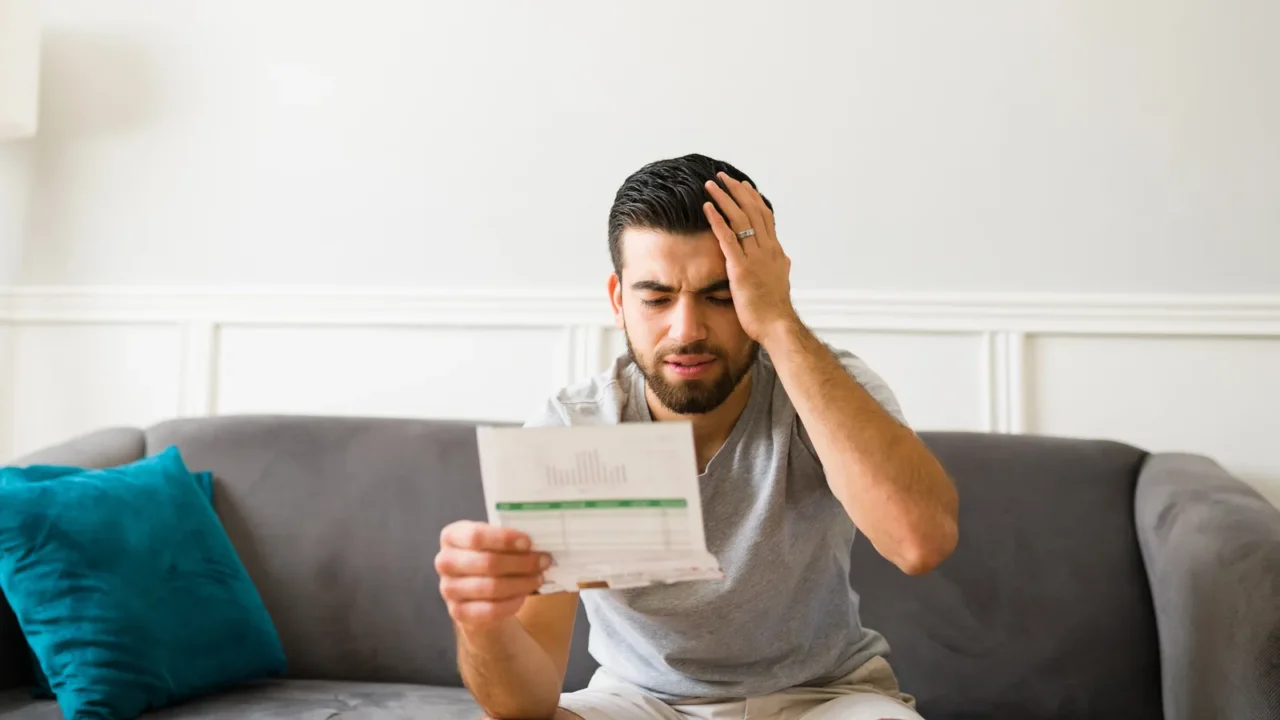
Will Electric Rates Keep Rising?
Short answer: Yes. Over the last 20 years, U.S. electricity rates have steadily climbed around 2–3% per year.
That’s a big reason solar panels look smarter every year. Locking in your energy costs now protects you from future hikes and makes your long-term savings even better. Besides using solar panels, there are other ways you can save on your energy costs, and one of them is choosing the right insulation material. If you’re looking for ideas, check out the best insulation materials to lower energy costs in 2025.
Thinking about going solar or have already made the switch? I’d love to hear your thoughts, questions, or experiences. Drop a comment below.
Read More From This Brand:
- Energy-Efficient Decor Ideas for Hot Summer Days
- 15 Smart Ways to Save on Holiday Energy Cost
- Money-Smart Moves Every Homeowner Should Know
Don’t forget to follow us for more exclusive content right here on MSN.
This slideshow was made with AI assistance and human editing.